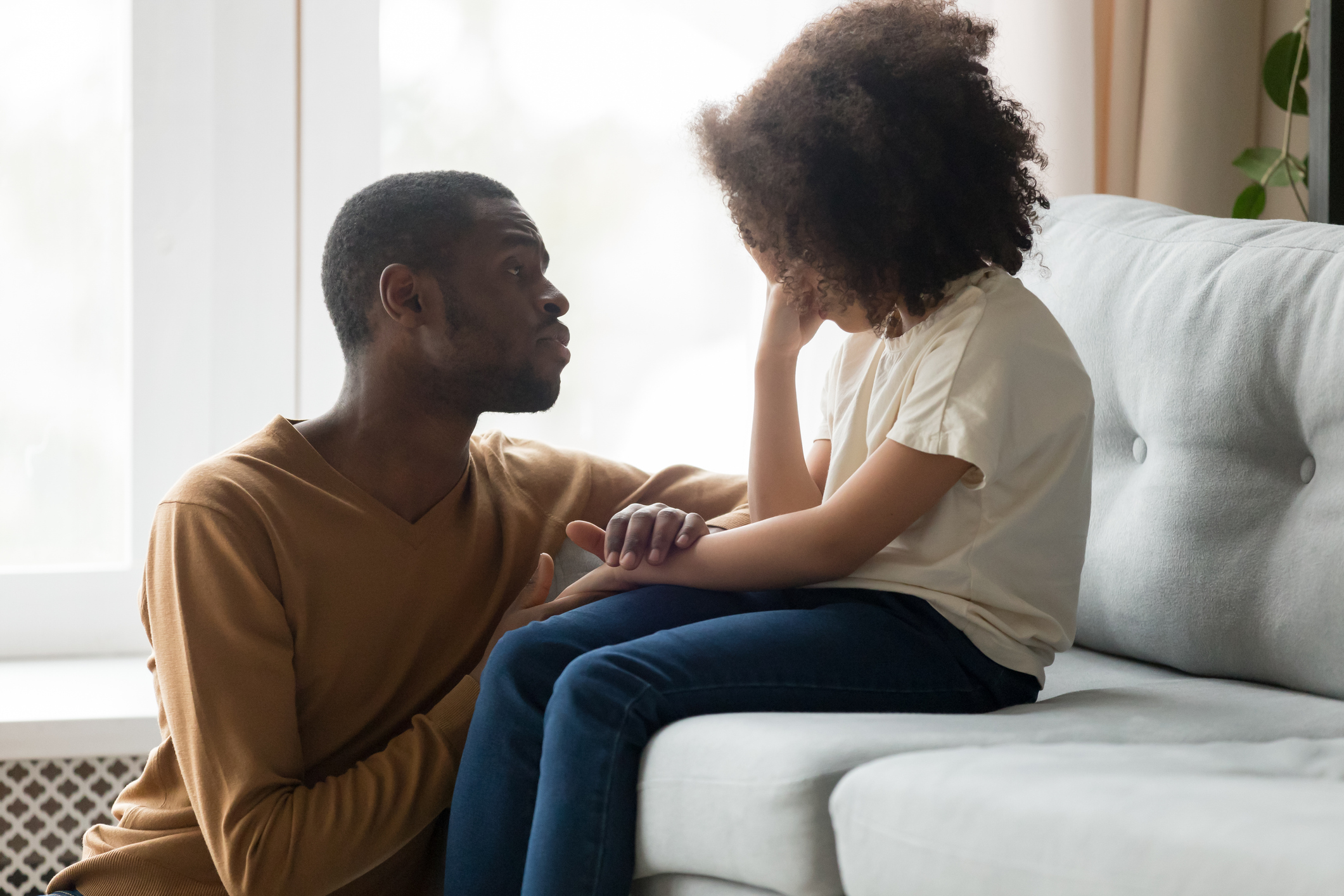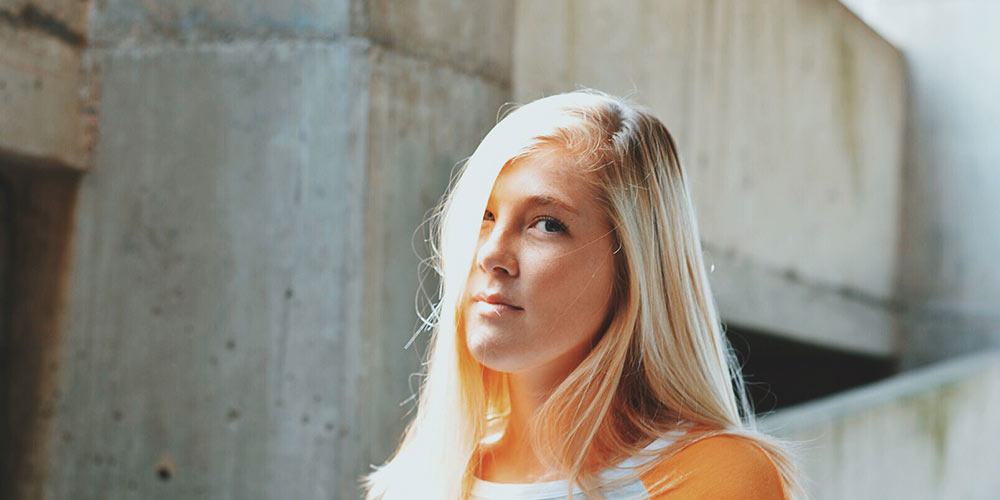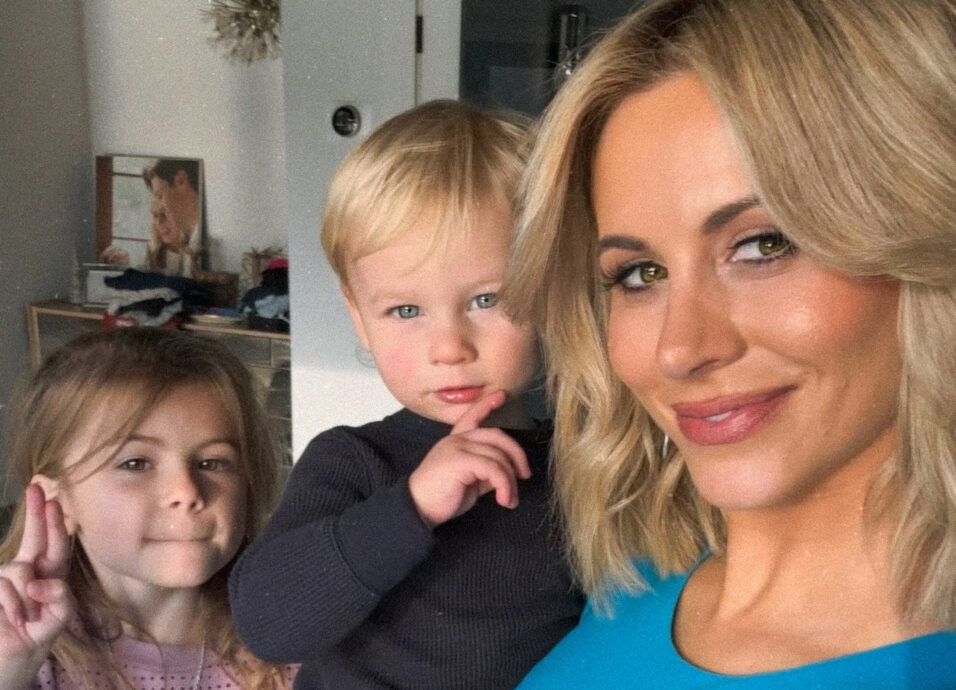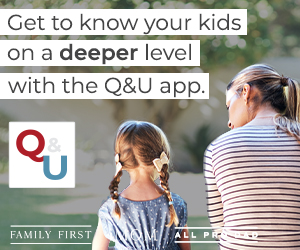“Aiden and Jake wouldn’t let me sit with them today!” It’s tempting to brush those words off. Sometimes kids are mean and leave others out. And can’t we all remember at least a few times when we got rejected or weren’t invited to something when the other kids were? But peer exclusion isn’t something to be taken lightly.
Research shows that peer exclusion can be as harmful as verbal or physical bullying. Here’s the reason why along with ways we can support our kids when they get left out.
A study conducted by the American Psychological Association followed 380 kids between ages 5 and 11 for five years. What the researchers found was that peer exclusion kicked off a vicious cycle. Before you start to panic about last week’s playground drama, know that we’re talking about chronic rejection.
Some Examples of Peer Exclusion
Sometimes exclusion isn’t intended to be hurtful. For example, I was one of the kids who was often last or second to last to be picked for teams in P.E. It wasn’t that kids didn’t like me and were trying to be mean; I just stunk at dodgeball. But when the rejection comes from a place of malice and purposeful isolation, that’s when it really hurts. Think the bus scene in Forrest Gump: “Seat’s taken.”
The Peer Exclusion Cycle
Efforts toward bullying-awareness are focused on verbal and physical bullying because of the repetitive negative attention one child gives another. And rightly so. But peer exclusion—although different because it’s intentional isolation—should still be on parents’ radars. It creates a dangerous cycle that looks like this:
Peer exclusion impairs a child’s ability to interact with other kids,
so they devalue peer interaction,
which leads them to withdraw from social and school activities,
which leads to more peer exclusion.
What You Can Do
Try contacting the teacher to see if he or she has noticed a pattern or can add some insight. You also can ask the teacher if there are opportunities to create interactions between students. In elementary school, I became friends with a girl when we were both assigned to clap erasers at the end of class. Our friendship was borne over a cloud of chalk!
But most of the work will have to be done at home. Of course, this starts with asking open-ended questions, being a good listener, and helping your children focus on their amazing qualities. You also should limit the amount of time they spend online, and look for other places where they can build friendships, like at church or a rec center. Giving your child a set of coping tools will help put the power back in his or her hands. Some good tools are taking deep breaths, using boundary words like, “You don’t have the right to tell me where to sit,” and thinking of other kids to go hang out with.
What other ways can we help our kids who are victims of peer exclusion?








